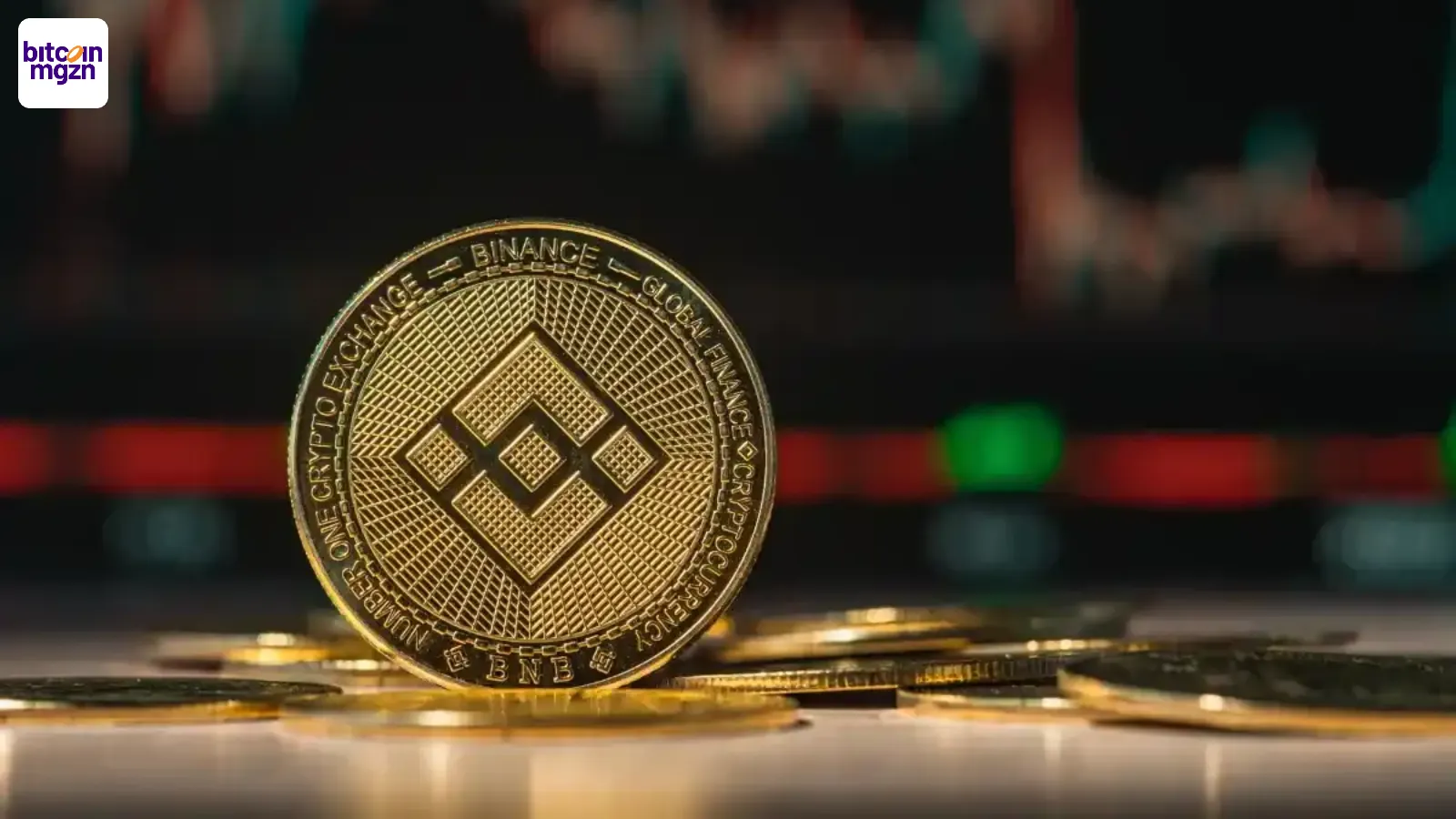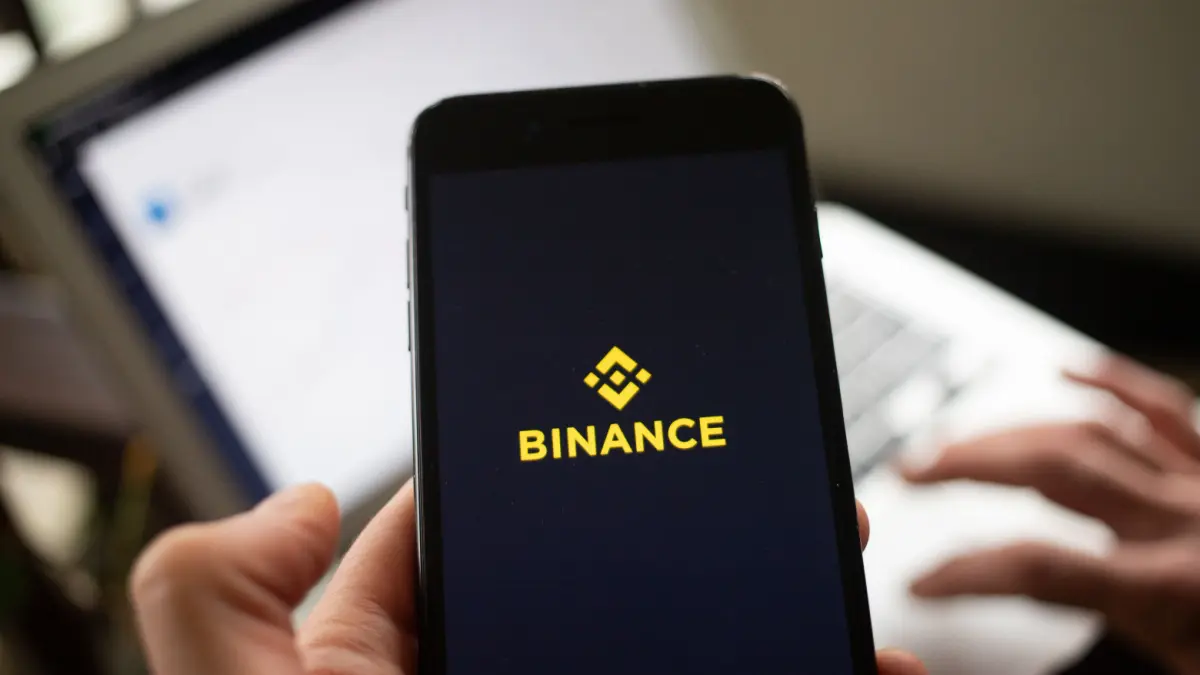The recent events surrounding Binance, the leading digital asset exchange, have left many traders and investors reeling. On October 10, 2025, the platform faced a severe market crash, resulting in significant financial losses for users. The aftermath has drawn attention not only to the challenges encountered by individual investors but also to the broader implications for the cryptocurrency market.
The Impact of Price Fluctuations
On that fateful evening, from 21:36 to 22:16 UTC, three key tokens experienced unprecedented drops in their values—USDe, BNSOL, and WBETH. The stablecoin USDe, normally pegged to $1, plummeted to $0.66, while the Solana-related token BNSOL diminished to $34.90, and the staked Ethereum token WBETH dropped to $430.65. This sudden plunge triggered the liquidation of nearly 1.7 million traders within just 24 hours, causing approximately $19.3 billion in open trading positions to vanish.
Reason Behind the Crash
The turmoil was ignited shortly after former President Trump announced that steep tariffs would be imposed on Chinese products starting November 1. This news sent shockwaves through the trading markets, instigating panic among investors who hurriedly liquidated their positions. The Bitcoin price fell sharply from around $122,000 to below $110,000, with Ethereum, XRP, and other prominent tokens following suit.
Community Response and Future Implications
In light of these events, Binance has promised compensation to impacted users. Users who utilized USDe, BNSOL, or WBETH as collateral for Futures, Margin, and Loans will automatically receive reimbursement, calculated based on the price difference at midnight UTC on October 11. CEO Richard Teng emphasized that this crisis serves as the first significant test for his leadership since taking over in 2023.
The platform faced heavy criticism regarding its risk management and the general stability of crypto trading systems. Kris Marszalek, the CEO of Crypto.com, called for regulatory attention, arguing that the over $20 billion in liquidations signals widespread issues affecting numerous users. Some analysts even speculate that the crash may have been exacerbated by a targeted attack, further highlighting vulnerabilities in trading structures.
Changes in Risk Management Protocols
To prevent similar occurrences in the future, Binance has introduced new safety measures. These include adjustments to how redemption prices are factored into the index weights of the affected tokens and the implementation of a minimum price threshold for USDe. Additionally, the platform will often reassess its risk parameters, allowing for quicker responses to market volatility.
Outlook for Binance and Trust in Crypto Trading
The events unfolding on October 10 reveal how susceptible leveraged trading is to rapid market movements. As collateral values drop, it can create a domino effect of liquidations. Binance’s prompt response and commitment to compensation may help maintain investor confidence, yet the extent of the losses raises questions about the effectiveness of existing risk models.
Moving forward, Binance’s proactive measures could demonstrate a learning curve from the crisis, but whether these adjustments will suffice in the face of future market corrections remains to be seen. As the crypto landscape continues to evolve, both investors and platforms will need to navigate these complexities with caution.
For those looking to engage with cryptocurrencies, it’s essential to remain informed about not only market trends but also the platforms used for trading. The recent episode at Binance serves as a critical lesson for all players in the market.



